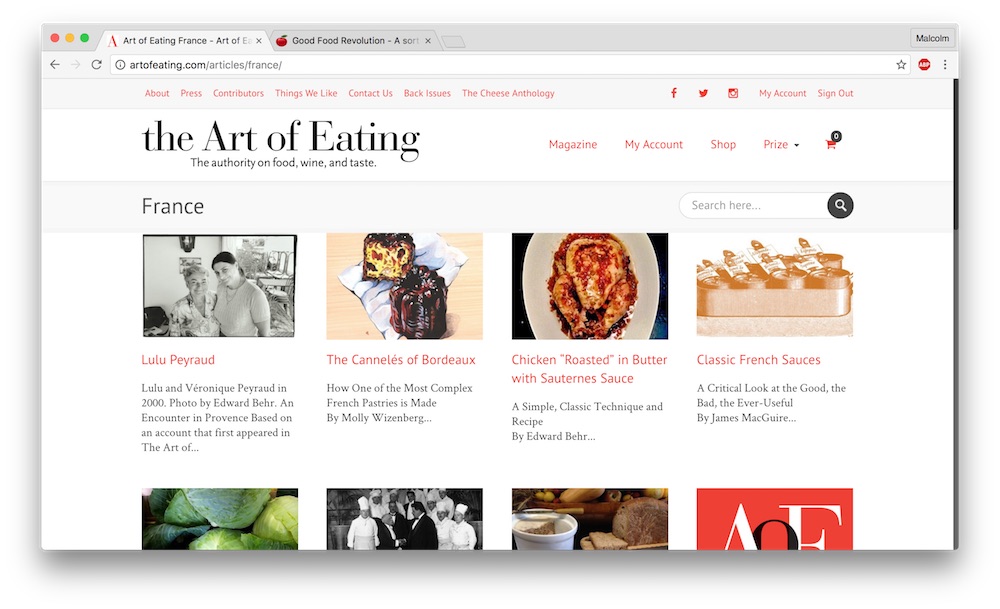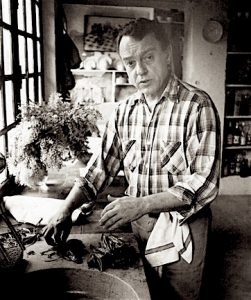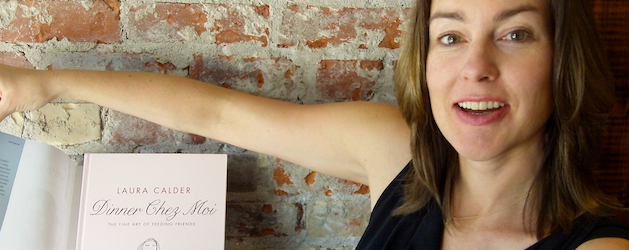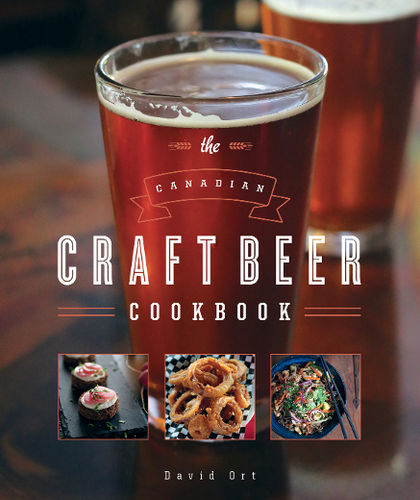Malcolm Jolley talks to Edward Behr about The Food & Wine of France.
When I began Edward Behr’s The Food & Wine of France this summer, I could hardly put it down, nor could I wait for an interview to write it up for a GFR post. But I still wanted to talk to Behr, who publishes an edits America’s most thoughtful food and wine online magazine, The Art of Eating, and I got to do it this week. Accordingly, I present the telephone conversation we had this week below.
This interview has been edited for clarity and style…
Good Food Revolution: I really liked your book, The Food & Wine of France, and I read it straight through in August. One of the things I really liked about to was that it touched on a theme that I’m interested in and often write about, which is the interplay between tradition and innovation, especially in the artisan food world.
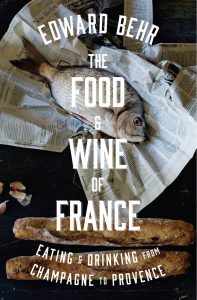 Edward Behr: Good, I’m glad you liked it. I began writing about food many years ago with a strong bias towards tradition, hand on methods and received knowledge. As time went on and I would throw my prejudices up against some expert by asking questions (that were biased), I learned that it was’t always the case that tradition was superior and defensible. So, I came to feel that there was a kind of a tension between the two. That’s probably a slightly negative way to put it, but for sure what tradition provides and hand methods, using low-low technology, provide is a point of comparison.
Edward Behr: Good, I’m glad you liked it. I began writing about food many years ago with a strong bias towards tradition, hand on methods and received knowledge. As time went on and I would throw my prejudices up against some expert by asking questions (that were biased), I learned that it was’t always the case that tradition was superior and defensible. So, I came to feel that there was a kind of a tension between the two. That’s probably a slightly negative way to put it, but for sure what tradition provides and hand methods, using low-low technology, provide is a point of comparison.
Take Roquefort cheese, which I have just been writing about to add to my anthology of cheeses online [here]. I am reminded of something that’s in the book. I talked to the guy who isolated the hundreds of strains of mould that makes Roquefort cheese blue. The cheese makers used to be hostage to what was wild, and they would propagate the moulds in big round loaves of rye bread. (Two [of the Roquefort producers] still do this in their caves.) But they had absolutely no control, and a lot of cheeses weren’t very good. In a year, 30 or 40% of the cheeses might be unsalable. But, I was also told that a very small number, maybe only 1%, were better than any cheese made today. So, we lose the extremes and we end up with a high middle – even, a very high middle. But we need those points of comparison to know how good we are.
GFR: Another thing I like about The Food & Wine of France is that stretches through your experiences. It’s not like you went to France last year and wrote a book. You write about how you have been going to France, and writing about its food and wine, for some time…
EB: [Laughs.] For so long that the octogenarians that I used to rely on for being absolute experts for perspective over time all are dead. And the new generation of octogenarians aren’t quite the same.
GFR: Well, that begets the next question, which is does France endure?
EB: For sure France endures. There are these things that are very French, one of which is the respect for analysis that seems to be taught in all the schools. There is also an enormous respect for the past and all these things that are conducive to a high standard. For instance, really great cheeses, and the world’s preponderance of great wine. And I would argue, even though now in North America we are making very good bread, I still think France is the centre of the origin of the highest quality white bread. Some people don’t think white bread can be the highest quality, but they’re absolutely wrong! If you bake whole grain bread, you’re dependent on the genetics of your raw material. It’s much, much harder to go wrong. If you’re baking white bread, you’re relying wholly on the skill and the instincts of the baker.
So, you have these great things: wine and cheese and bread in France. And if you measure your achievement against those ongoing great things – maybe you’re a chef in a restaurant – you have those points of comparison.
GFR: One of the things you write about in The Food & Wine of France is how things came to be made. You explain that the reason some cheese were made would be to preserve milk. And you write about how the cheeses in Provence would have been made differently from the North of France. How much of that did you need to dig to find out?
EB: Some of it had to be dug for. The historical difference between the Northern and Southern cheeses is now somewhat well known, but at the time it wasn’t. That would have been into the 90’s or even later because the appellation [for Banon] wasn’t awarded until 2003.
There were things that were not well known and became known, but sometimes the more you dig, the more you find out that you don’t know. I think there’s always more to know, you can always dig deeper, and most of the time, of course, writers don’t have the resources to go further. I, happily being very eccentric, set-up this publication, earning very little money but spending lots of travel, and I managed to dig into a lot of divers subjects.
GFR: There are some interesting examples of economic determinism in the book, as well. I am thinking of the chapter on goose fat where you explain that using ducks for foie gras is a recent phenomenon, predicated on the fact that it takes less time, and less feed, to fatten up a duck.
EB: Yes. Traditionally it was geese, but it’s much, much cheaper to produce foie gras from ducks because they’re smaller.
GFR: Another interesting thing you point out is that in the South of France it was unusual for farmers to use a lot of their olive oil because it was one of there only cash crops, and one of the few things they could sell.
EB: Yes, it’s like where I live in Vermont where people very rarely cooked with butter, even though they were dairy farmers. They all cooked with lard because butter was their cash crop. As in Europe, people used the cheapest fat, and sold the more expensive one. We have to remember that people didn’t always live so well in the past. We’re talking about the difference between innovation and tradition, but one of the things we have now is that the people in the countryside making our raw materials, making artisanal products, are a lot more affluent than they were. There not affluent, that’s not really fair; but they’re not grindingly poor like many people were in the past.
GFR: I want to talk about the chapter in The Food & Wine of France on the great Richard Olney. I’m a big fan of his writing, but he doesn’t get a lot of coverage these days.
EB: No, he doesn’t. I was reading some casual reference recently to how he was a friend of Julia Child’s as if to give him credit. He hated Julia Child! He just hated her because Julia tried to prevent him getting the editorship of the Time-Life Good Cook series.
He was terrifically important, but he wasn’t a TV star. He probably would never have wanted to do TV. He was part of a bohemian moment in France with James Baldwin and certain other people. And he just always cooked. He had grown up in a family of eight, where apparently he did most of the cooking and he went onto to cook all his life. He knew chefs in France and was influenced by them, and he lived in Paris at a time when with very little money you could eat at very good restaurants. He had a terrifically good palate. He wrote about wonderfully about wine, though actually better about food. He’s one of my heroes. Absolutely.
GFR: Me too, although of course, unlike you, I never met him. Sometimes I think his books might be better off as a well kept secret, known only to the cognoscenti.
EB: In the U.S., we’re in a hugely anti-intellectual period, exemplified by Mr. Trump, but it’s been going on for several decades now. French food, in some ways, is a little intellectual. It’s totally based on appetite and it’s totally used on taste, but it’s structured. But we’re in a moment where you put plates on the table and everybody shares and digs in. My particular observation lately is that the idea of a menu has gone to Hell. The structure of a meal, that sequence of dishes paralleling the sequence of wines, where each build and interact until they jump to the sweetness of dessert, is not in fashion. And that really was one of the things that Richard most appreciated. I think – I hope – that the pendulum is going to swing a little bit back toward a little bit of structure because if you don’t have a chronology in the way you eat, you miss a huge potential for pleasure.
Edward Behr’s amazing food magazine is called The Art of Eating and is worth every penny of it’s ridiculously cheap subscription fee.



